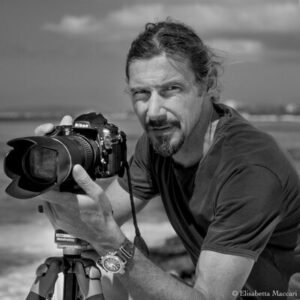Aerial view of traditional fishing setting for Masbangos in Bonaire © Lorenzo Mittiga / Institute
Masbangos (bigeye mackerels) are very popular among the people of the island of Bonaire, in the Dutch Caribbean. The Masbangos are the primary food reso...



